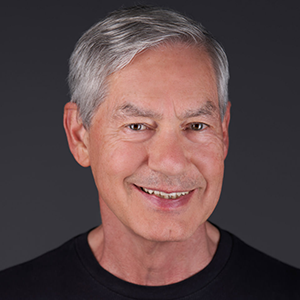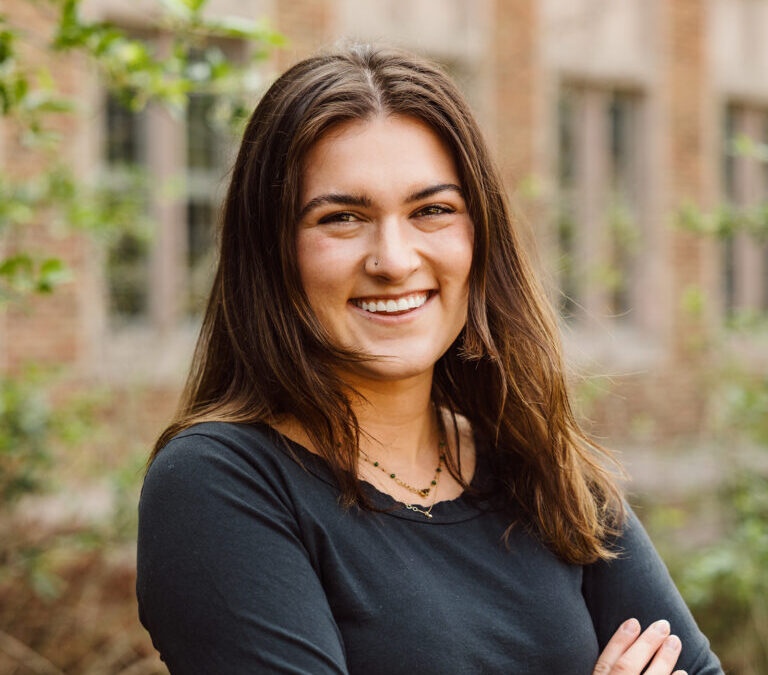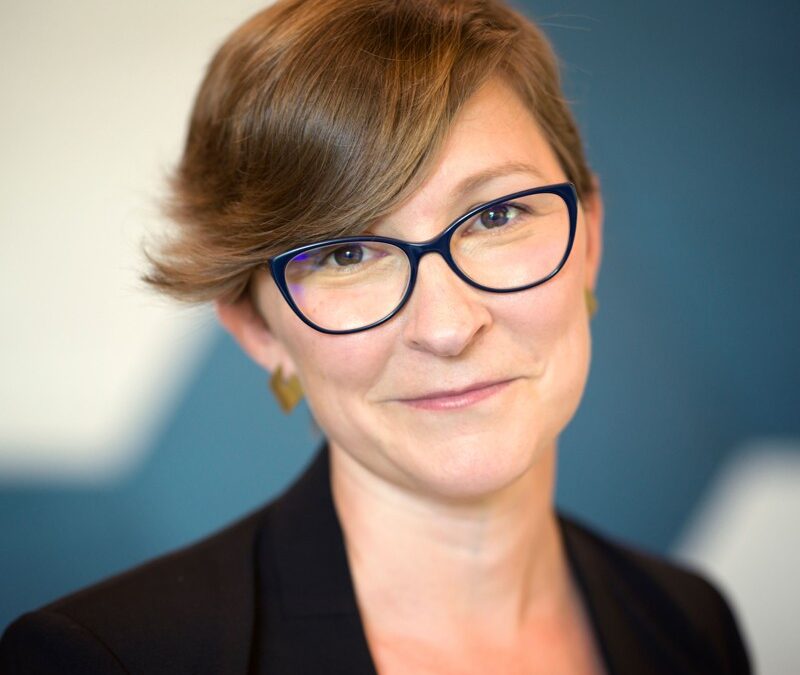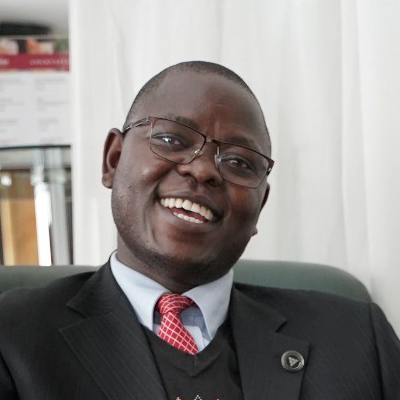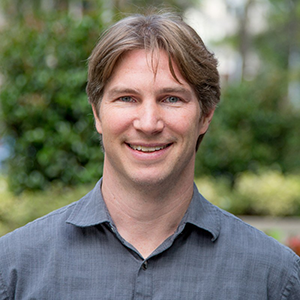
The Journey of an Academic Institution Toward Embodied Carbon Accounting and Action
by Radha Iyer
University of Washington architecture student and Intern with the UW Office of Sustainability
Nearly every academic organization has a uniquely fraught relationship with carbon. Perhaps it’s a product of time and our colonial-industrial past. Take a look at the history of the Seattle campus:
Das Montlake Cut, now home to our rowing team, was a short canal in the landscape, designed to connect Lake Washington from east of Seattle with Lake Union in what would become downtown Seattle. In 1919, the Cut was carved across a place whose Duwamish name translates to To Lift a Canoe. The level of Lake Washington dropped by nine feet, leaving behind a marsh later covered by a landfill. And much later, a stadium, urban farm, and horticulture center emerged from the landfill. Methane emissions and toxic vapors from this landfill still percolate from vents, and the immense asphalt lot that capped the landfill is visible from a steam plant burning natural gas, efficient but still emitting, and crucial to our campus. As many steps as we take towards minimizing our carbon usage beginning today, the truth is that we have years and years of embodied carbon from the past weighing us down. We cannot simply hit reset with new construction, saying “from this day on” we will build green.
Embodied carbon is universal, spanning time and disciplines.
UW’s Green Building Standard, created in 2019, sets aggressive targets that address building operation: across all three UW campuses, new construction projects are designed to reduce energy use with a minimum threshold of 15% better than local code and to reduce water use to 50% better than local code for indoor and outdoor potable water use. Our new construction projects are meeting these targets. Among others, Milgard Hall in Tacoma and the Hans Rosling Center in Seattle meet operational carbon thresholds.
When we broaden our scope to include embodied carbon as well, all current guidelines are those provided in the LEED V4: points can be (and were, for several UW housing projects), obtained for Whole Building Life Cycle Assessment. Additional points are provided for requiring Environmental Product Declarations, or EPDs. In keeping with our ambitious targets for operational carbon, though, the Office of Sustainability decided that within a rapidly changing policy landscape, more research was the best course of action. I was selected in 2022 as a student intern to help study and provide recommendations on embodied carbon that UW could consider as part of an update to UW’s Green Building Standard. As I got further into the project, my internship team agreed with my proposal to develop recommendations to integrate embodied carbon into the full design process from proposal to procurement.
At the beginning, I naively took everything into my own hands, trying to fully understand embodied carbon’s role in each phase of design. Attempting only the procurement portion—measuring embodied carbon in practice—was eye-opening. As a learning experiment, we ran an EC3 report for a design/build class project: 600 square feet of terracotta footings, chain-link fence pipe columns, and cedar 2×2 trusses, capped with thin pieces of aluminum flashing and minimal polycarbonate roofing. Dipping my toe into even an extremely simple embodied carbon calculation helped me learn how intensive this process can be. As a student—not a licensed designer or LEED-accredited professional—I’d need years more training to understand the specifics or even scratch the surface as I learned how to create reasonable guidelines.
Since then, through guidance and connections from my mentors Lisa Dulude and Andrew Himes, I’ve spoken with structural engineers,urban planners, and policy-makers. They’ve in turn pointed me to material scientists, architects, biologists. I learned that when we think about embodied carbon for a full project, we cannot limit our approach to any one sector of knowledge. Rather, we must connect across colleges, across disciplines, across communities.
I challenge organizations to broaden the scope of your impact. Cast your net wider rather than deeper. Rather than diving into a single facet of research by myself, it was crucial for me to consult with those who already know how deep the water is and could help me learn to swim. As young people and students in this profession, it is our duty to lift ourselves across the departmental boundaries we are placed within. It is our duty to ask why things are done the way they are, and to ask whether we might want to do things differently.
I’ve learned that embodied carbon, in our understanding of carbon, connects our history to our future. This exploration can provide us with carbon solutions that go beyond our moment-to-moment impact. We can consider building design principles as alive and evolving rather than static and timeless. As such, I set out to write a report on embodied carbon and where the University of Washington stands as an institution and to identify different options to dramatically reduce embodied carbon in our building projects. I hope this report begins to set the stage for a process, at the UW, of regulating embodied carbon and of asking ourselves: why not? And further, if not I, then who else might know? The sea of knowledge that can help us address embodied carbon is vast. We cannot map it all ourselves.
“I challenge organizations to broaden the scope of your impact. Cast your net wider rather than deeper. Rather than diving into a single facet of research by myself, it was crucial for me to consult with those who already know how deep the water is and could help me learn to swim.”
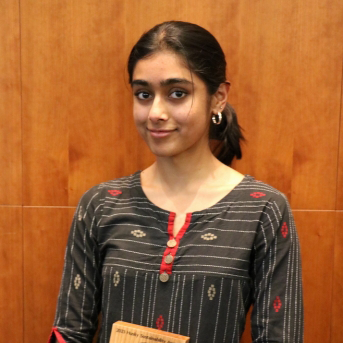
Radha Iyer
Note: Do you have an idea for a VIEWPOINT post? Schreiben Sie uns eine E-Mail. Views expressed in a VIEWPOINT post are those of the author, and do not necessarily represent the views of the Carbon Leadership Forum or its staff.
